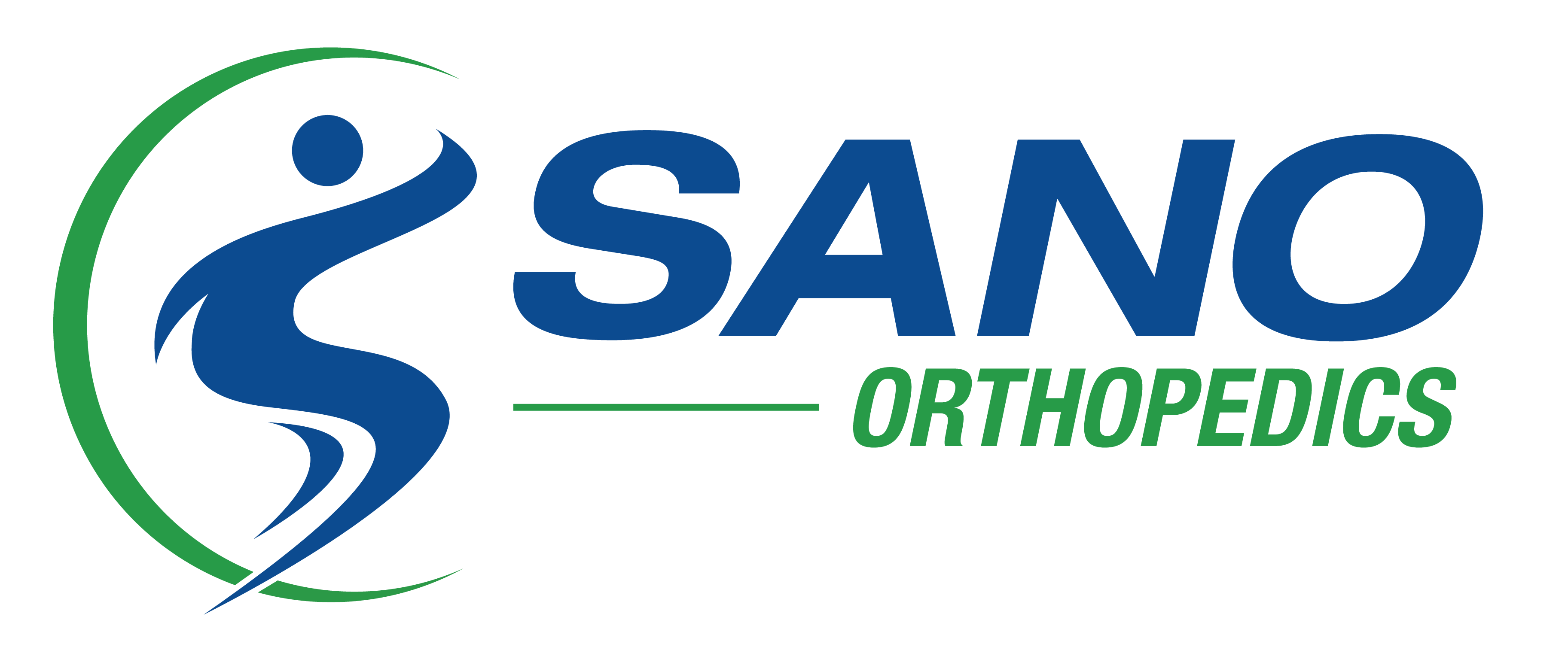PREPARING FOR SURGERY
Preventing an infection before, during, and after surgery is an important part of a quick and safe recovery. You play an important role in preventing surgical site infection.
- 7 days prior to surgery: do not shave the skin around your surgery site.
- 3 days prior to surgery: apply bacitracin ointment to your nasal cavity before bed every night.
- The night before surgery and morning of surgery: shower using Hibiclens or antibacterial soap. Do not use deodorant, lotions, powders, or oils afterward. Remove all body piercings and jewelry until after surgery.
When it comes to surgery, planning is important. Please do not hesitate to contact your doctor or orthopedic navigator with any questions. Please notify us if there’s any change in your health (cold, fever, sore throat, etc.).
COLD THERAPY
Why Cold Therapy?
Cold therapy treatment (or cryotherapy) assists in managing pain and inflammation typical of orthopedic injury or surgery. Motorized (pump-driven) cold therapy is a convenient and comfortable solution to gel pads and ice packs. The Breg Polar Care equipment provides convenient, constant relief to our patients. The pads conform to injured extremities, delivering cold therapy directly to the desired body part. The polar care device constantly circulates ice water through the unit to maintain its temperature, eliminating the need to constantly replace or exchange ice bags.
*Please note ice packs and gel pads deliver similar benefits as motorized polar devices.
Benefits of Polar Care
- Reduces pain associated with swelling, inflammation & muscle spasms
- Delivers constant, comfortable temperature
- More convenient and less messy than ice or gel packs
- Helpful controlling pain immediately following surgery
How to Use
With the addition of ice and water, patients receive 6-8 hours of effortless cold therapy. Follow instructions provided by the manufacturer on how to operate and guidelines for use provided by your Surgeon. Typically, our recommendation is to use it continuously for the first 48 hours after surgery. For the next 5-7 days, use 3-5 times daily in 30-45 minutes increments. After that, it can be used as needed for pain. Please note that a barrier must be placed between the cooling bladder and the patient’s skin (a thin kitchen towel works well) to avoid skin irritation and frostbite.
For more info and to watch a video, click here.
The polar units are not covered by insurance. Please contact our care team for more information on purchasing the unit.
OPIOID SAFETY
Opioids (also known as narcotics and controlled substances) are prescription pain reliever medicines. This includes but is not limited to Hydrocodone, Oxycodone, and Tramadol. These powerful drugs are used to alleviate severe pain, especially during hours immediately following surgery.
Sano’s key feedback for orthopedic surgeries is to take the smallest dosage for the shortest duration.
Although opioids help relieve pain after surgery, they are narcotics and can be addictive. These medications have side effects, like constipation, nausea, and drowsiness. They can also interact negatively with other prescription medications. The most serious disadvantage of narcotics is the potential for dependency, which can lead to addiction and deadly overdose.
Sano Orthopedic’s Opioid Safety Recommendations
- Take only as prescribed by a physician
- Take the lowest dose possible for the shortest duration possible
- Do not share medications with family or friends
- Utilize non-prescription alternatives to relieve pain
- Practice safe storage and disposal
Our main goal at Sano is to help you control your orthopedic pain and reduce it over time. Talk to our care team to learn about non-prescription medication and other alternatives to relieve pain.
Review our Road Map to Opioid Safety.
WOUND CARE
Proper wound care is important to improve healing and prevent infection. Care for your incision to avoid pain and discomfort and to help lower the risk of problems like infection. Keep the area clean and dry, change the dressing according to instructions and watch for signs of infection.
Wound care tips for reducing infection:
- Keep your incision clean and dry
- Change dressing as recommended by your physician
Look for signs of infection and call our office if:
- Persistent fever (higher than 100 degrees orally)
- Abnormal drainage
- Increasing pain with both activity and rest
- Increasing redness, tenderness or swelling of the incision wound
- Do not scrub or rub the incision
- Do not use lotion or powder on the open wound
- Do not expose the incision to sunlight
You may notice some soreness, tenderness, tingling, numbness, and itchiness around the incision. You may have some normal drainage, either bloody or clear with a yellow tint. If you have any questions or concerns, please call our office.
SHOULDER REHAB EXERCISES
The JPL (Jean Pierre Liotard) Technique is a rehabilitation protocol for certain shoulder surgical patients. This may include but is not limited to shoulder arthroscopy procedures such as Rotator Cuff Repair, Biceps Tenodesis, Shoulder Arthroplasty and Proximal Humerus Fractures.
TROM Knee Brace
Crutch Use 101
Polar Care
Getting Dressed
Using the Shoulder Ultrasling
Removing the Shoulder Ultrasling
Sano Orthopedics Blog
Orthopedic Partner of KC Monarchs Baseball Team
Sano Orthopedics is proud to be the official orthopedic partner of the Kansas City Monarch baseball team. Caring for athletes is best done as a team, which is our approach to all patients.
Physical Therapist to Surgeon: Dr. Rob Comrie’s Journey in Joint Replacement
Dr. Rob Comrie’s journey from a physical therapist to an orthopedic surgeon is not just a career transition but a testament to the profound impact of diverse experiences in shaping his medical practice.
Bringing Care Closer: New Office in Raymore, MO
Bringing Care Closer: New Office in Raymore, MOAt Sano, our commitment to providing exceptional health care takes a new step forward with the unveiling of our latest office in Raymore, Missouri. Scheduled to open its doors in late March, this new office allows us to...
